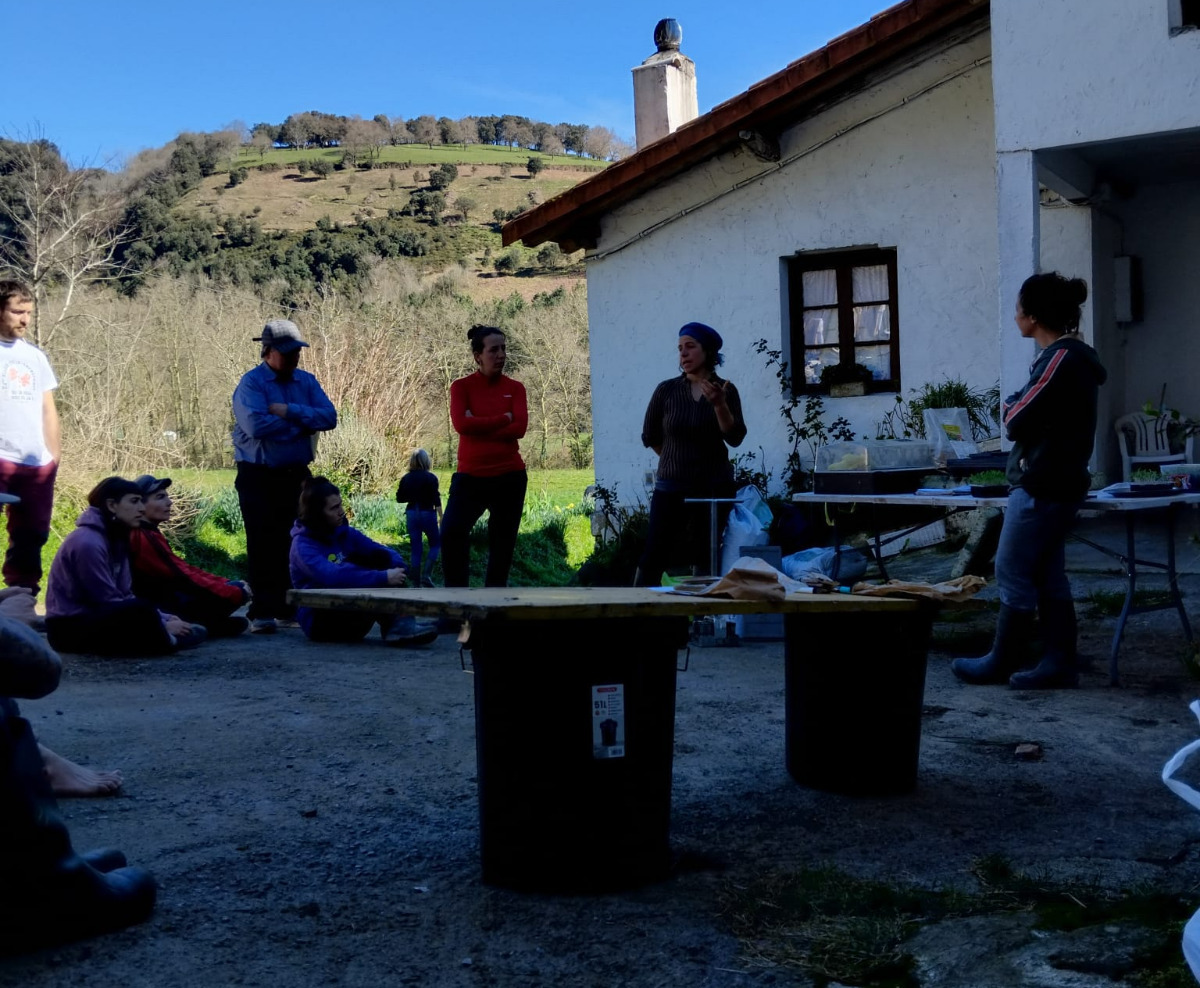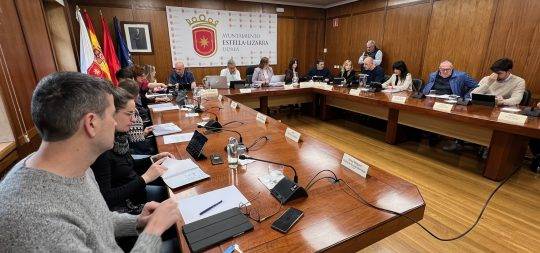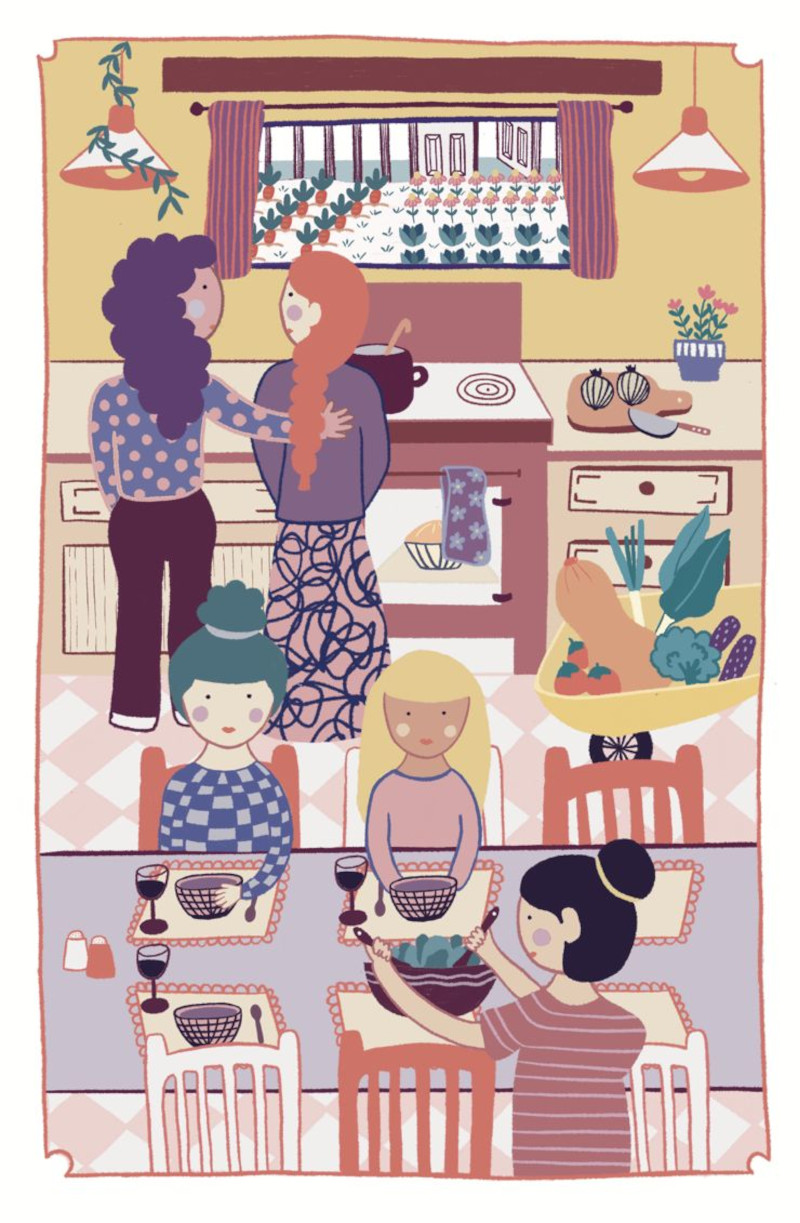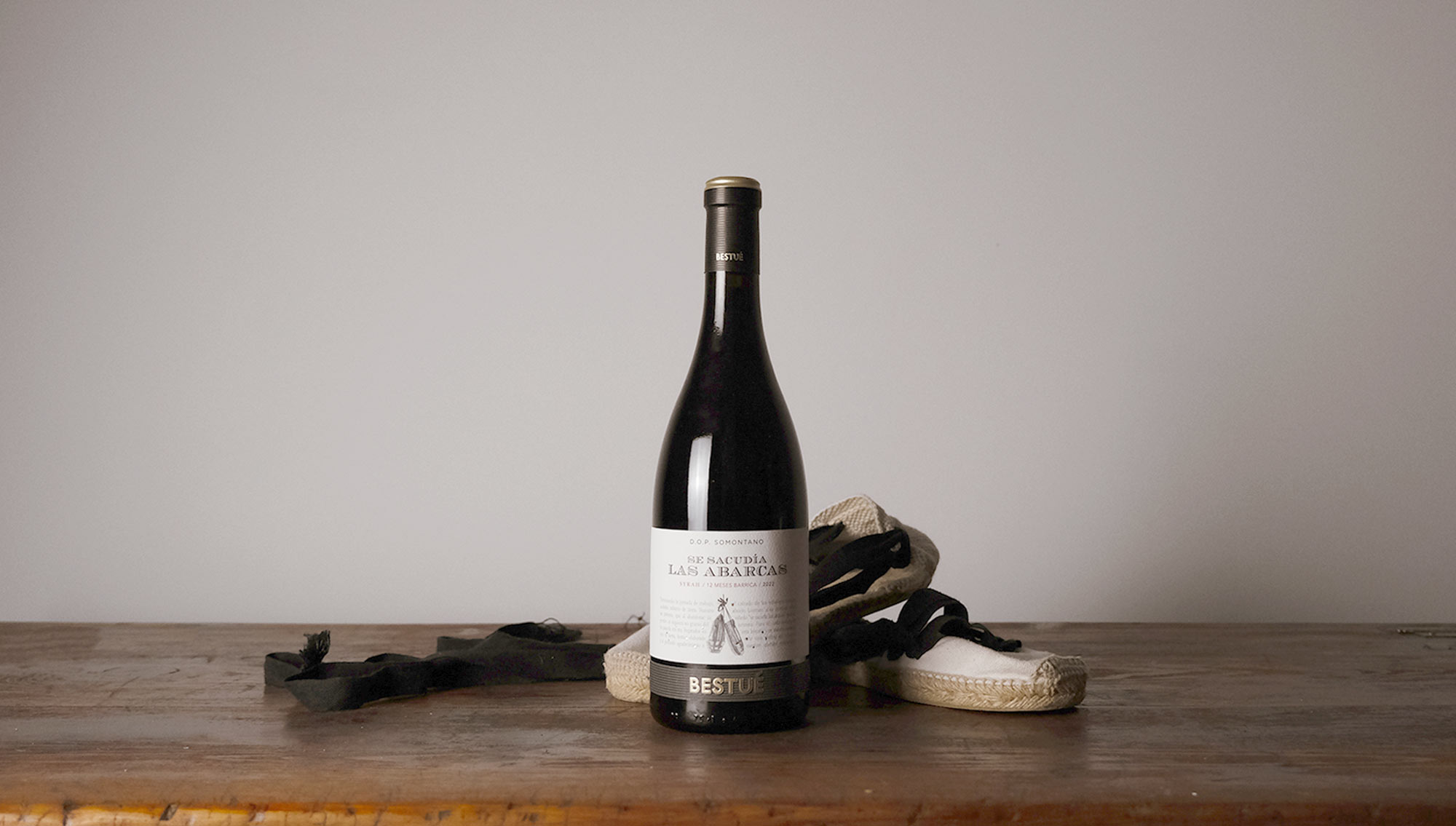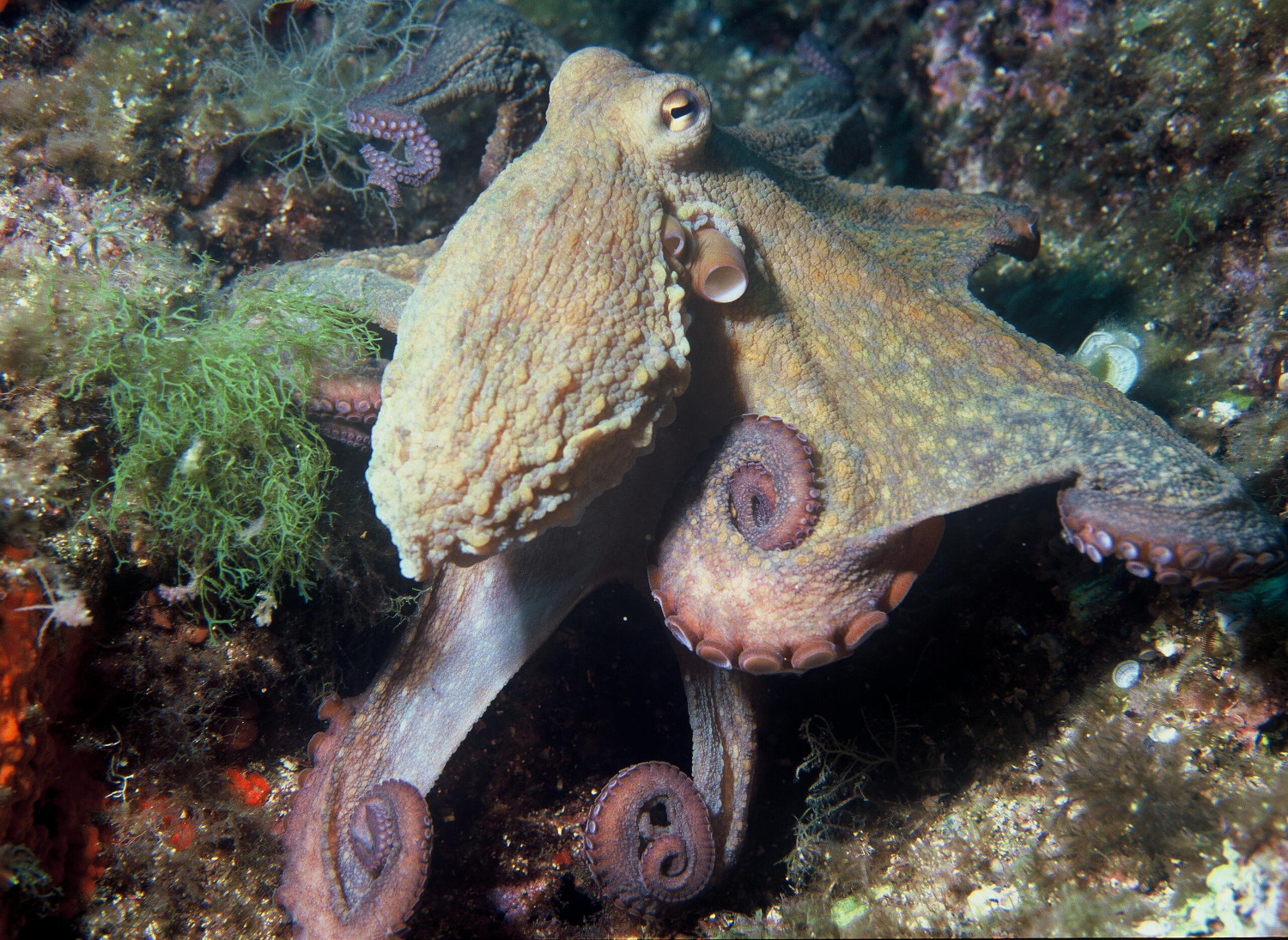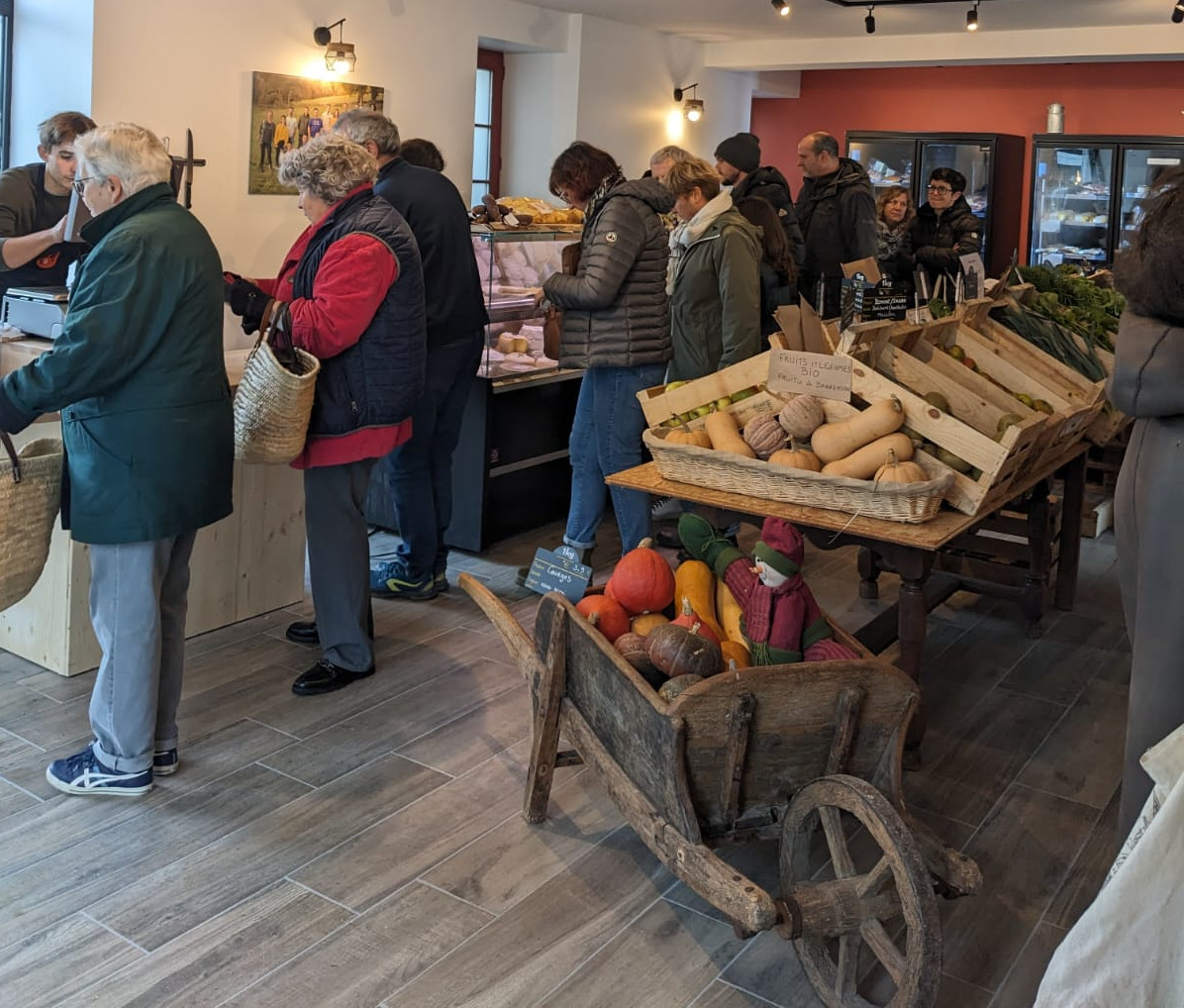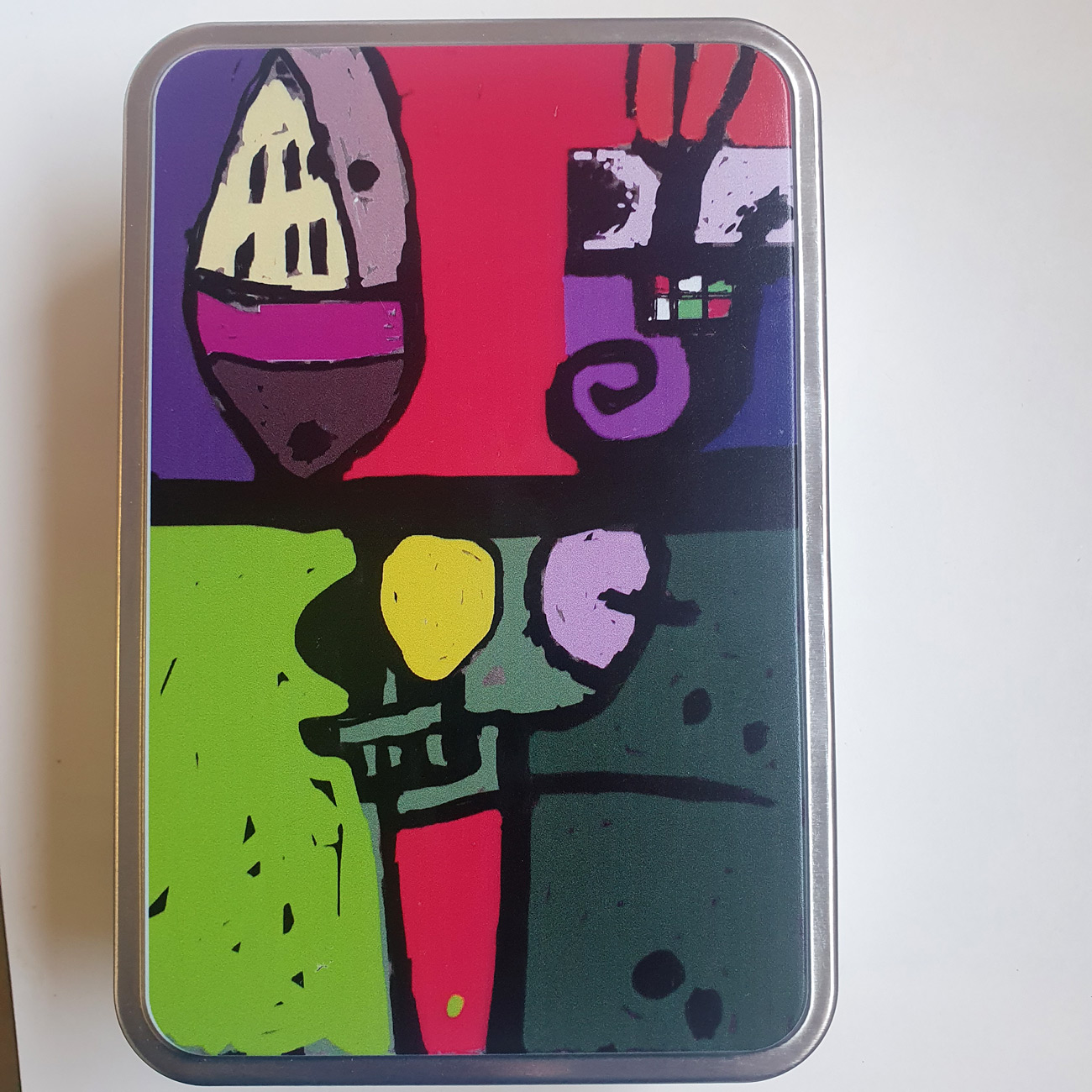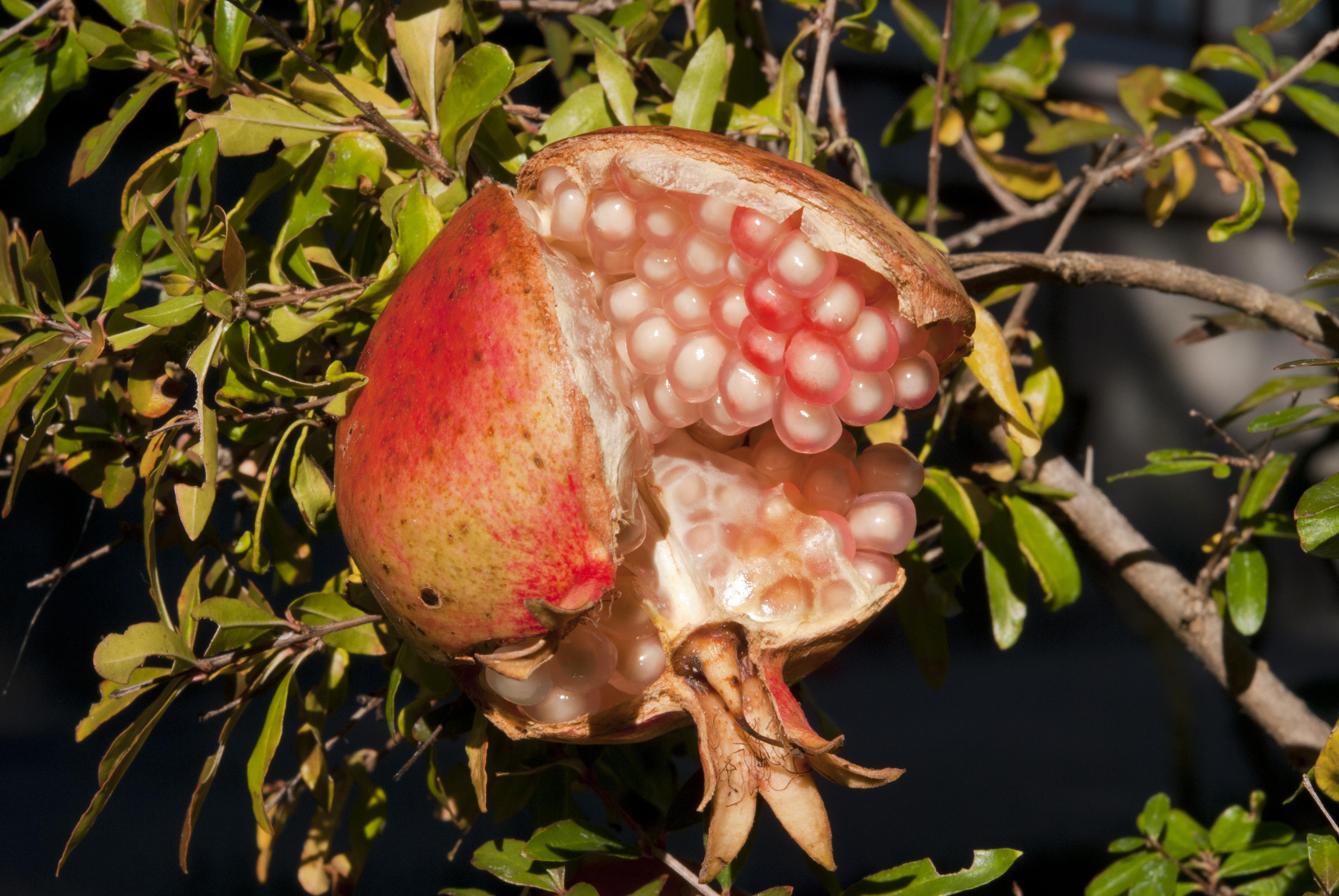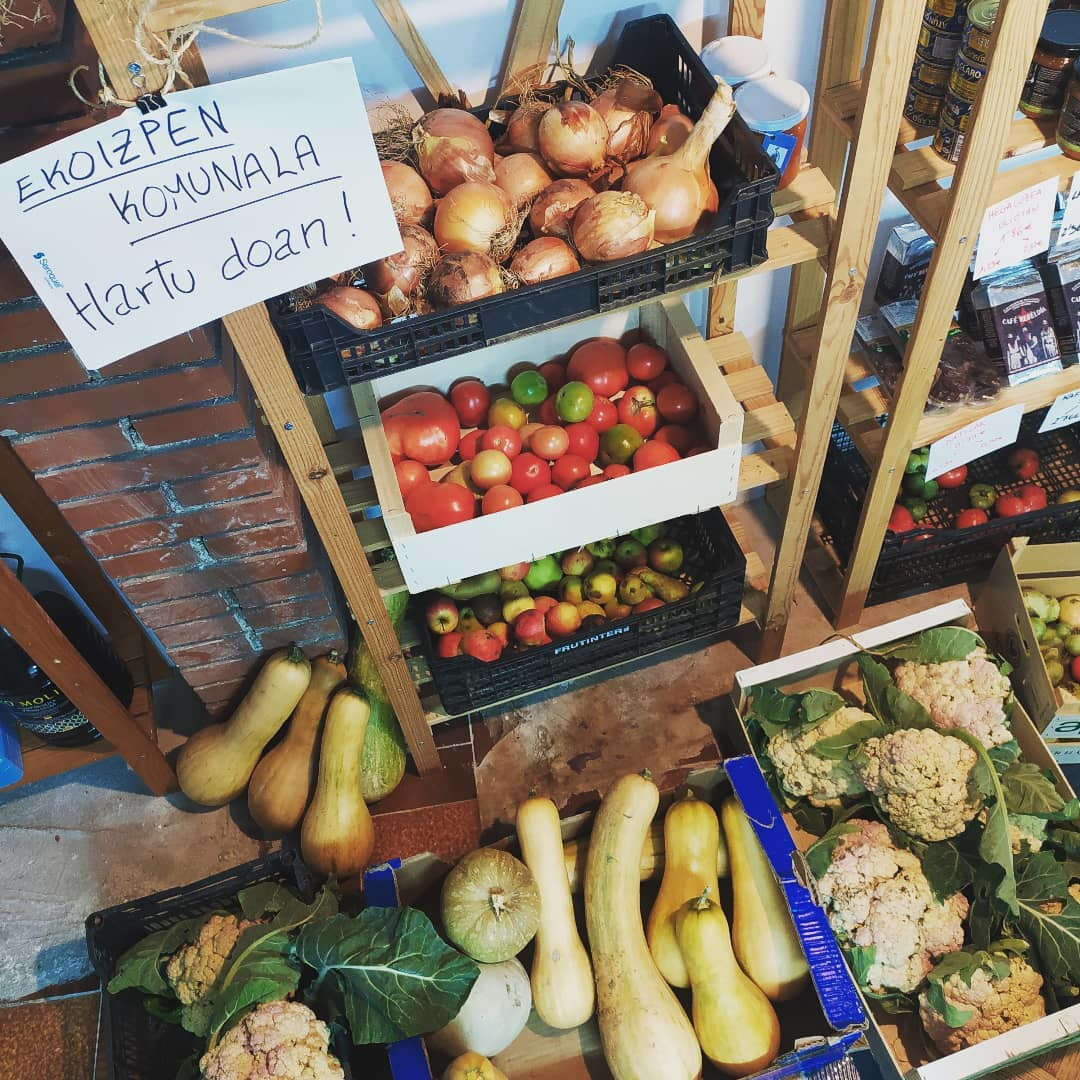From cider curvature to plastic
- They collect in plastic the whitened apple, mandarin, avocado, etc. And we're not ashamed.

If we take a look at our kitchen, we will discover that plastic is the protagonist. Most of the waste goes into the plastic container, much more than food or organic. In the same way, plastic containers, boats, working boards and trangadel all. We eat plastic and plastic comes to us. In the name of cleanliness and in the search for the blessing of modernity, plastic has been completely imposed. The need to dimension the plastic, if we want to live, will become inevitable sooner or later. Glass, wood, paper, etc. They will have to take strength and presence in this large food storage room that is part of our food chain.
We're going to take our heads to a world without previous plastic. Plant-derived issues were the first theme of our lifestyle. To make ropes and laces, sacks, baskets, baskets, baskets, bags, bowls, vessels, sources and sources, barrikotes, pots, mugs, tonels, shells, noses, scrapers, pillows, cushions, spoons, cups, etc., the leaves, horns, wood were used.
As I watched the pumpkins, this unprediction came to me. For thousands of years, the pumpkins have been our main boats. Before learning how to work wood, clay and skin, the cube gave us pumpkin plants, ready to use it almost without working. You dry the fruit grains, you empty them and you're done. We brought the pumpkins of America, so the love between them and us is a love between equals.
There was a gourd from the time of the Basques that didn't even smell that America was there. It is said that it was brought from the side of Africa, like us. Apparently, before working the orchards, I was already with us. In one and the other I find his name “edankuia”; the “curcubit” is also collected with its many variants; in our house we call it “kurkubia”. The scientific name is Lagenaria siceraria; before it was classified as Cucurbita lagenaria, but the genus Cucurbita is that of the caves of America. The name “Lagenaria” comes from the Greek flask lizens and “siceraria” from the Skr semitic root. This root was used to denominate alcoholic beverages and is the source of most European words to say cider, cider, cidra, cidra, sidro, cidro, sidru, sidrs, sidras, sèidear, seicuersa,sistr, cydr, ????? ?, siideri etc. In the Mediterranean part they call it “the wine pumpkin”, especially because they drank grape wine, but we will have to call it “the cider pumpkin”, as its scientific name says, and supposing that the main use that the Basques gave it for years… In those days there would be no cider, of course, and some will prefer to say “pitar-kuia”…
The curve is ideal for collecting and handling food, especially liquids, hence the “edankuia”. The pilgrims of the Camino de Santiago carried him hanged as a cantimplora at the end of the pole, even for thirst…
Soon the harvest of the curve will be received; once dried, the inner flesh will break completely and will only have seeds. Here's a very elegant bottle, which made me a hole large enough to pull them out and then put the cork in. No plastic, no glass, no metal -- the curve!
He sows his seeds every year and renews the domestic fleet embellishing the kitchen. And take what Graziano Anduaga, of the Gesaltza de Oñati farmhouse, left in his Aitona collection: “I drank a wine curve in the food.”
Udaberri aurreratua ate joka dabilkigu batean eta bestean, tximeletak eta loreak indarrean dabiltza. Ez dakit onerako edo txarrerako, gure etxean otsailean tximeleta artaldean ikustea baino otsoa ikustea hobea zela esaten baitzen.
Nori ez zaio gustatzen ahuakatea? Ia denok atsegin dugu fruitu berri hori, di-da amaren batean etxekotu zitzaigun. Zenbat urte da ba dendaero ikusten hasi garela? Gure mahaietara iritsi aurretik, historia luzea du.
Gipuzkoako hamaika txokotatik gerturatutako hamarka lagun elkartu ziren otsailaren 23an Amillubiko lehen auzo(p)lanera. Biolur elkarteak bultzatutako proiektu kolektiboa da Amillubi, agroekologian sakontzeko eta Gipuzkoako etorkizuneko elikadura erronkei heltzeko asmoz Zestoako... [+]
Leihatila honetan behin baino gehiagotan azaldu ditugu Ama Naturaren engainuak bere izakiak babestearren. Batzuetan, erle edo liztor itxura zuten euliak ekarri ditugu, beste batzuetan inongo arriskurik ez duten arrisku-kolorazioko intsektuak ere bai (kolorazio aposematikoa... [+]
Administrazio Epaitegiak arrazoia eman dio EH Bilduk Lizarrako plantilla organikoaren hizkutnz profilen aurka jarritako helegiteari.
Emakume bakoitzaren errelatotik abiatuta, lurrari eta elikadurari buruzko jakituria kolektibizatu eta sukaldeko iruditegia irauli nahi ditu Ziminttere proiektuak, mahai baten bueltan, sukaldean bertan eta elikagaiak eskutan darabiltzaten bitartean.
Ibon galdezka etorri zait Bizibaratzea.eus webguneko kontsultategira. Uda aurre horretan artoa (Zea mays) eta baba gorria (Phaseolus vulgaris) erein nahi ditu. “Arto” hitza grekotik dator eta oinarrizko jakia esan nahi du, artoa = ogia; arto edo panizo edo mileka... [+]
Nekazal eremu lehor baten erdian ageri da putzua. Txikia da tamainaz, eta ez oso sakona. Egunak dira euririk egiten ez duela, baina oasi txiki honek oraindik ere aurretik bildutako urari eusten dio. Gauak eremua irentsi du eta isiltasunaren erdian kantu bakarti bat entzun da... [+]
Zuhaitza esnatzear dago, kimuak ageri dira adarretan. Gutxi falta da loraldirako, laster aro berria hasiko du, indarberrituta.
Just as we experienced the flourishing of the Basque Country with the help of the artists, so that this time, taking advantage of their impulses, we continue to make our way together giving the necessary support to the Basque political prisoners, exiles and deportees
The... [+]










